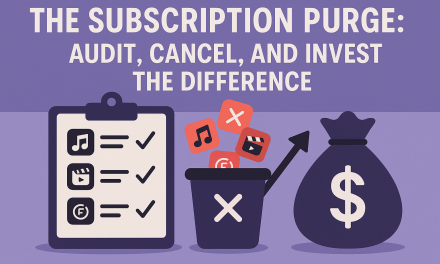Master Your Debt: Smart Strategies for Loan Consolidation
Debt is a common challenge that many people face throughout their lives. Whether it’s from credit cards, student loans, or personal loans, managing multiple debts can be overwhelming and stressful. Loan consolidation is a smart strategy that can simplify your financial life and help you regain control. In this article, we’ll explore the benefits of loan consolidation, how it works, and tips for making the most of this strategy.
What is Loan Consolidation?
Loan consolidation involves combining multiple debts into a single loan with a single monthly payment. This approach simplifies debt management and can potentially reduce monthly payments by securing a lower interest rate or extending the repayment term. It’s a helpful tool for those struggling with multiple debts and aims to provide a clearer path to becoming debt-free.
Benefits of Loan Consolidation
1. Simplified Payments
Consolidating your debts means you only need to manage one payment each month. This reduces the risk of missing payments, which can negatively impact your credit score and lead to additional fees.
2. Lower Interest Rates
If you’re able to secure a consolidation loan with a lower interest rate than your existing debts, you can save money over time. This can be particularly beneficial for high-interest debt like credit card balances.
3. Improved Cash Flow
By possibly lowering your monthly payments, loan consolidation can improve your immediate cash flow, giving you more financial flexibility for other expenses or savings.
4. Fixed Repayment Schedule
Many loan consolidation options come with fixed interest rates and repayment terms. This means you’ll know exactly how much you need to pay each month and when your debt will be paid off, which can ease financial planning.
How to Consolidate Your Loans
1. Assess Your Debts
Start by making a list of all your debts, including the balance, interest rate, and minimum payment for each. This will give you a clear picture of your financial situation and help you determine if consolidation is the right step.
2. Explore Your Options
There are several ways to consolidate debt:
-
Personal Loan: Many banks and online lenders offer personal loans specifically for debt consolidation. These loans typically come with fixed interest rates and terms.
-
Balance Transfer Credit Card: A balance transfer involves moving your existing credit card balances to a new card with a low or 0% introductory interest rate. This option requires discipline to pay down the debt before the higher rate kicks in.
-
Home Equity Loan: If you own a home, you may use a home equity loan or line of credit to consolidate your debt. Be aware that this option puts your home at risk if you fail to make payments.
3. Compare Lenders
Shop around to find the best terms and interest rates. Consider factors such as loan fees, repayment terms, and any penalties for early repayment.
4. Apply and Consolidate
Once you’ve chosen the best option, complete the application process and use the loan to pay off your existing debts. Ensure you stick to the new repayment plan to maximize the benefits of consolidation.
Tips for Successful Debt Consolidation
-
Stick to a Budget: Creating and adhering to a budget will help you manage your finances more effectively and prevent future debt accumulation.
-
Avoid New Debt: Resist the temptation to accumulate new debt while paying off your consolidated loan.
-
Review Your Progress: Regularly review your debt repayment progress to stay motivated and make any necessary adjustments.
-
Seek Professional Advice: If you’re unsure about the best approach, consider consulting a financial advisor to tailor a strategy to your specific needs.
Conclusion
Loan consolidation can be a powerful tool for managing multiple debts, offering simpler payments, potentially lower interest rates, and a clearer path to financial freedom. By understanding your options and committing to disciplined financial practices, you can master your debt and regain control of your financial future.





